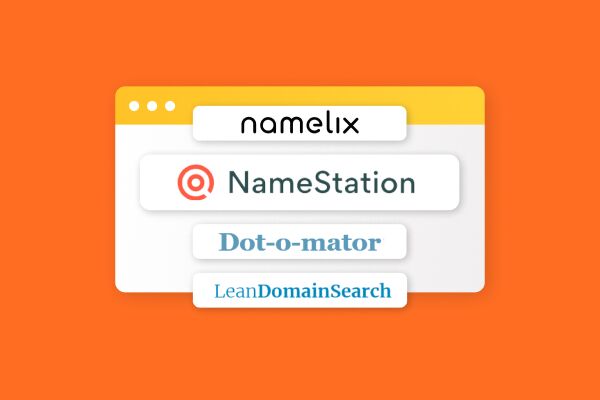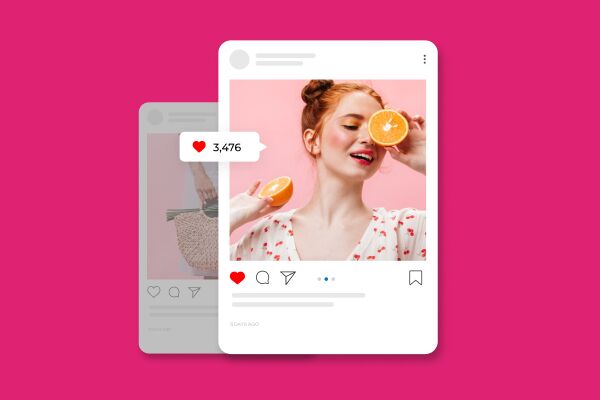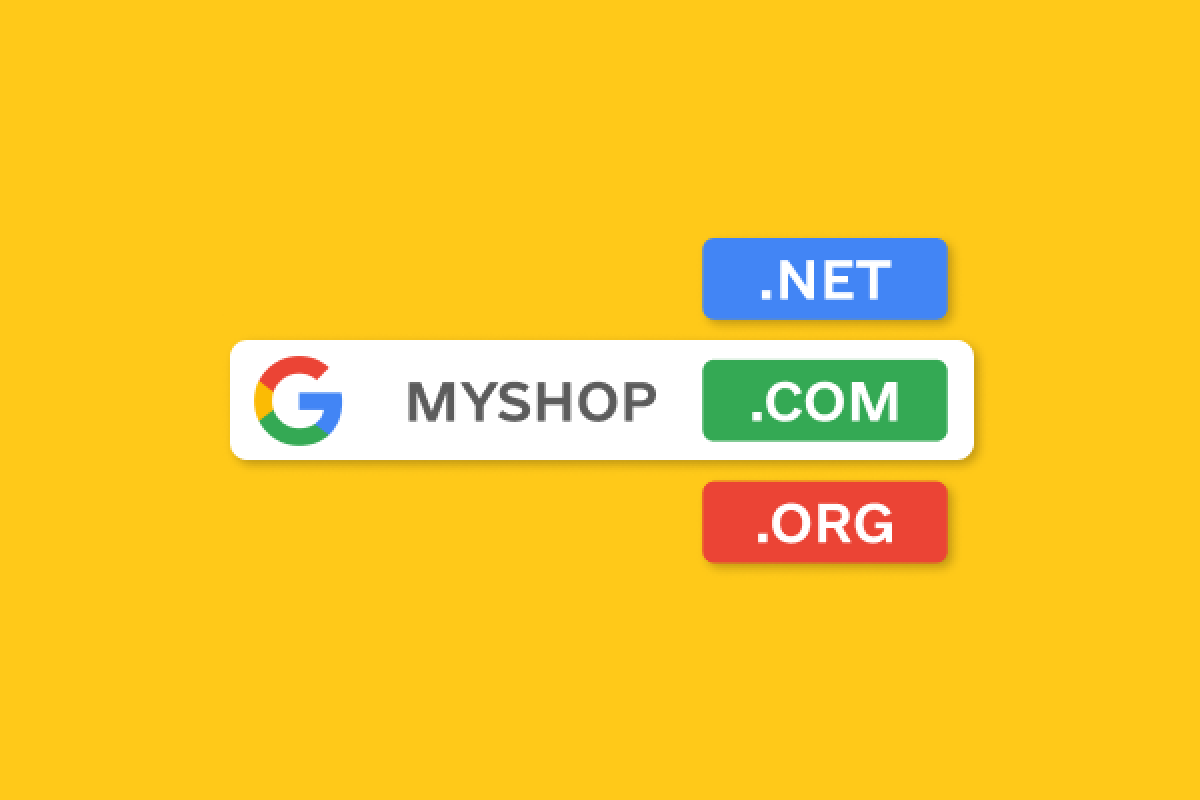API (Application Programming Interface) is a set of components and rules that enable one program to integrate with another and exchange data. Developers use APIs to understand how their product can interact with another program and establish a connection between them. For example, you may have a warehouse management program that tracks your inventory. With an API, this application can transmit information about inventory levels to your website, and customers can see up-to-date information about product availability.
Examples of API usage are almost ubiquitous when using the internet, programs, or applications. Authorization on websites through logging in via social media or Google profiles is implemented precisely through APIs. Another example of API usage is quick translation of posts on social media from one language to another, as seen in Twitter. These are just a few examples of when APIs are used; in reality, there are hundreds and thousands of them.
Let's take a closer look at the API workflow using the example of translating posts on social media.
- The developers of the translator create an API and make it publicly available with the intention that it will be used on other websites.
- The developers of the translator add documentation to the API, which describes the capabilities of the tool, methods of connecting it, etc. This information is necessary for other developers who will be using the API.
- The social media developers accept the API and use it to integrate with the translator.
- Social media users click the "Translate" button while viewing a post.
- The social media platform sends a request to the translator's server along with the post that needs to be translated.
- The program translates the post and sends the translation back to the social media platform.
- The social media platform displays the translation to the user.
API benefits all parties involved in the process. Developers find it easier to create integrations between programs since the code is already available. Users gain additional capabilities when using programs. Companies promote themselves or even earn revenue through APIs if they are not public.
APIs can be public, internal, or partner. Public APIs are released by program developers for free use by anyone interested. Other developers can take this API and insert it into their own code. Internal APIs are not available to the general public and are only used within a company. For example, if a company has multiple products and wants to link them together. Partner APIs are shared by companies with a limited circle of third-party developers who integrate it into their own programs.



